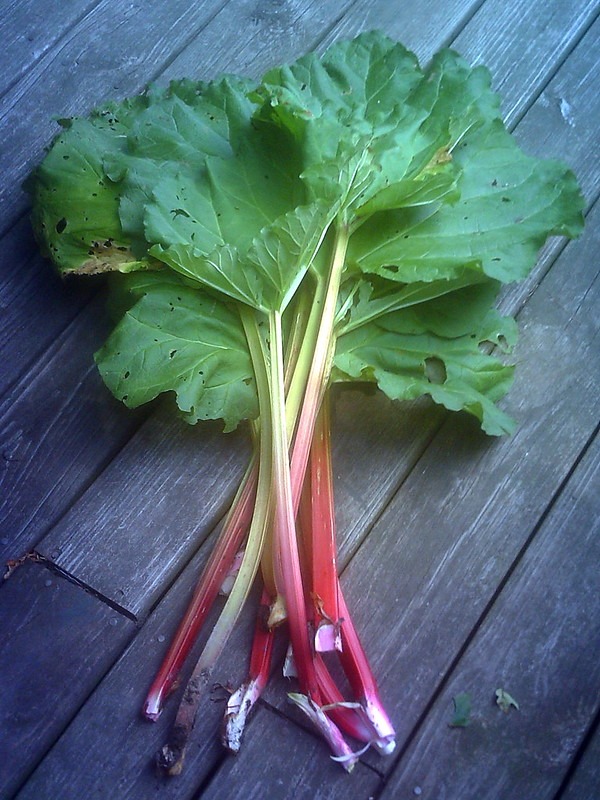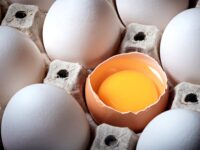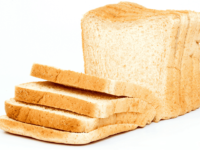8. Rhubarb Leaves
Rhubarb stalks are a delightful addition to pies, jams, and desserts, offering a unique tart flavor that balances well with sugar. However, rhubarb leaves are highly toxic and should never be consumed. Rhubarb leaves contain oxalic acid and anthraquinone glycosides, both of which can cause serious health issues if ingested. Oxalic acid can interfere with calcium absorption, leading to kidney stones, and in high amounts, it can cause symptoms like difficulty breathing, nausea, and even kidney failure.
Most people are aware that only rhubarb stalks are edible, but it’s still important to exercise caution, especially when growing rhubarb at home. Always remove and discard the leaves before cooking, and avoid mixing any leaf remnants with the stalks. Some people have also experienced skin irritation from handling rhubarb leaves, so wearing gloves when preparing rhubarb can be a smart precaution.
Cooking or baking rhubarb does not reduce the toxicity of the leaves, so there’s no safe way to consume them. If you’re preparing a dish that involves rhubarb, make sure to inform anyone who might not be familiar with its toxic parts. By taking these steps, you can safely enjoy the tartness of rhubarb without the risk.












0 Comments